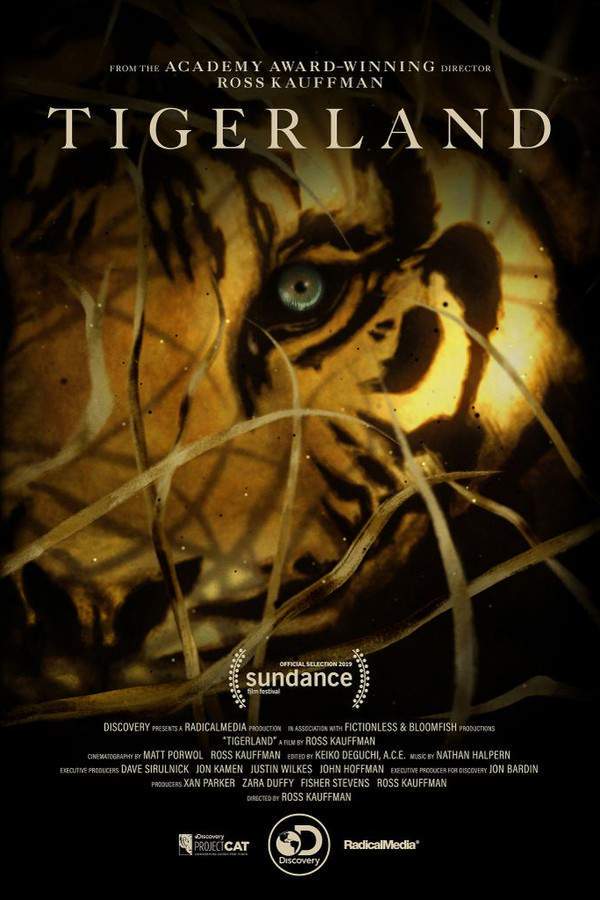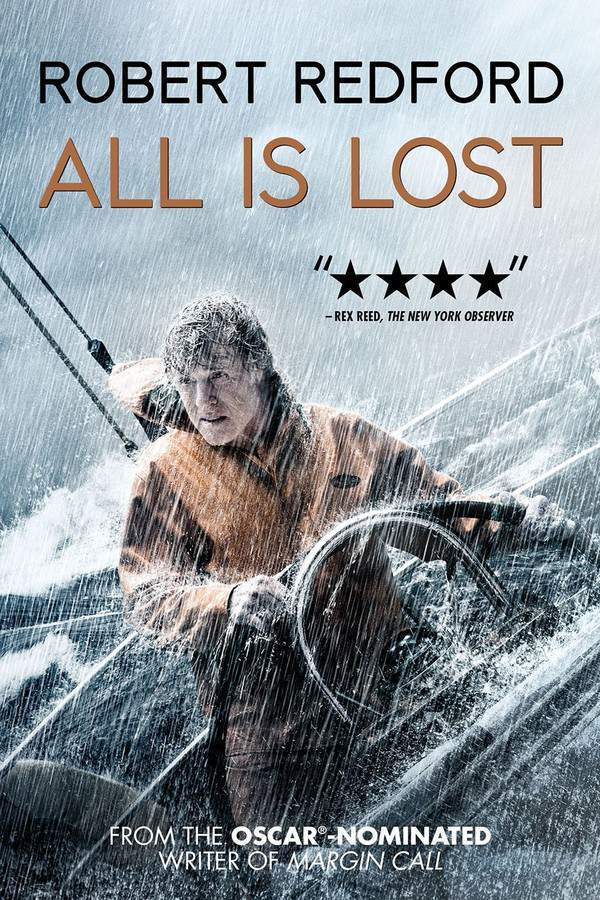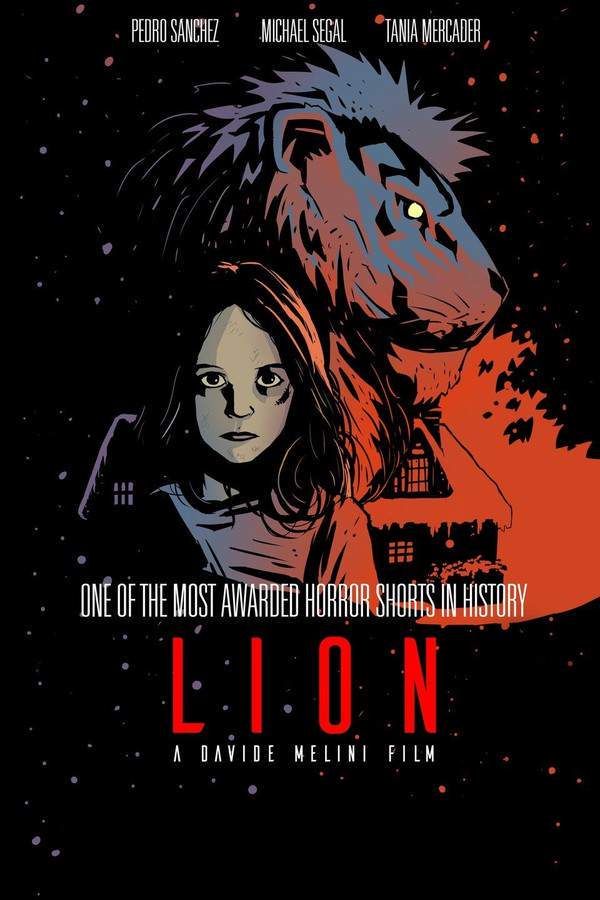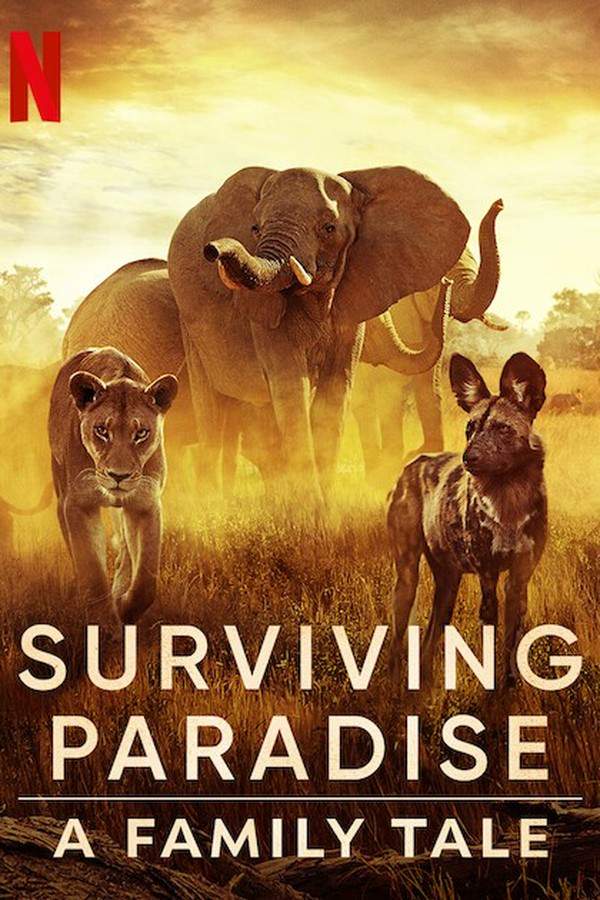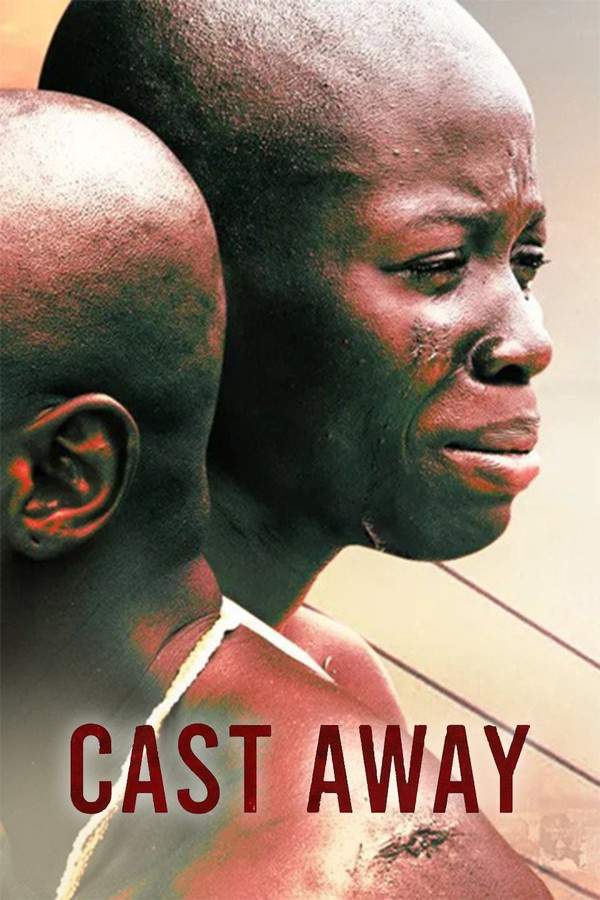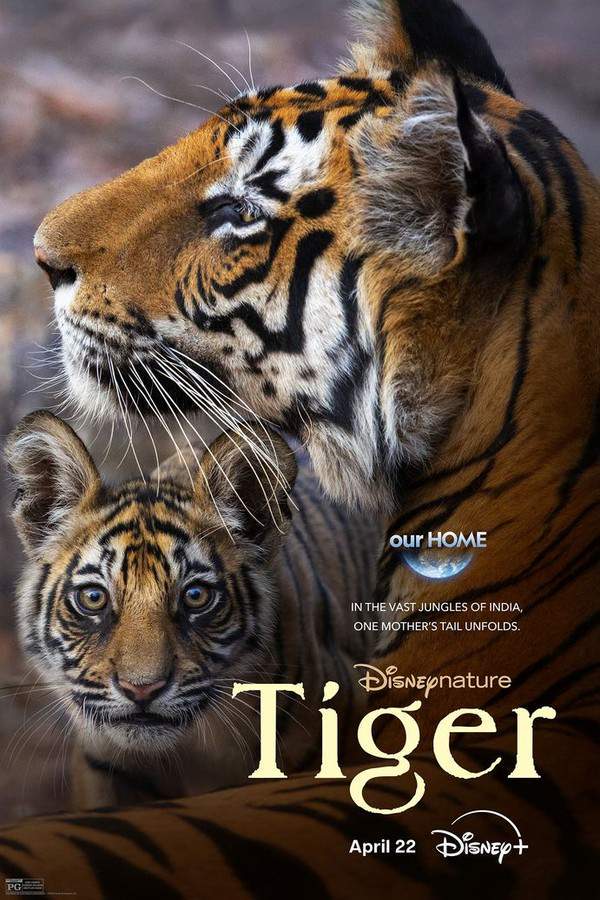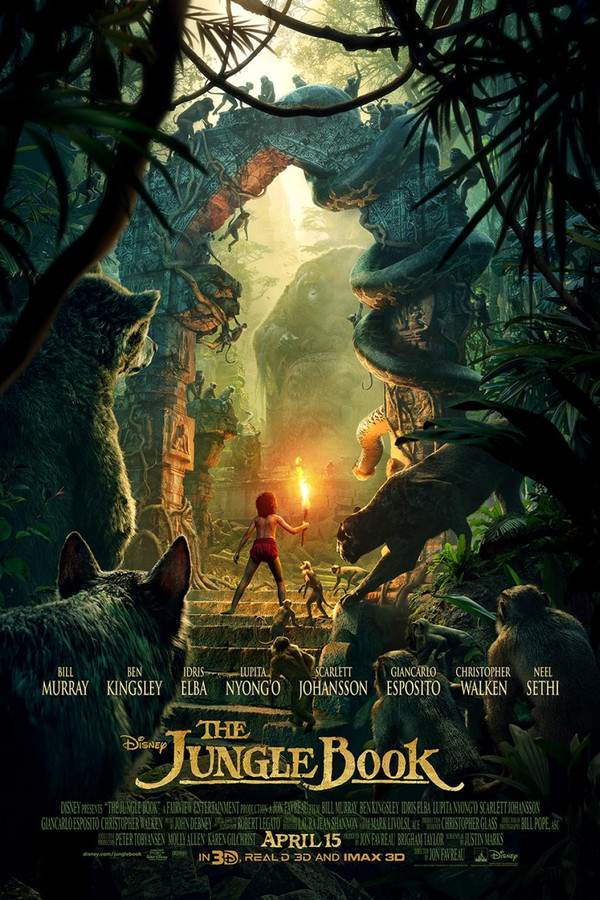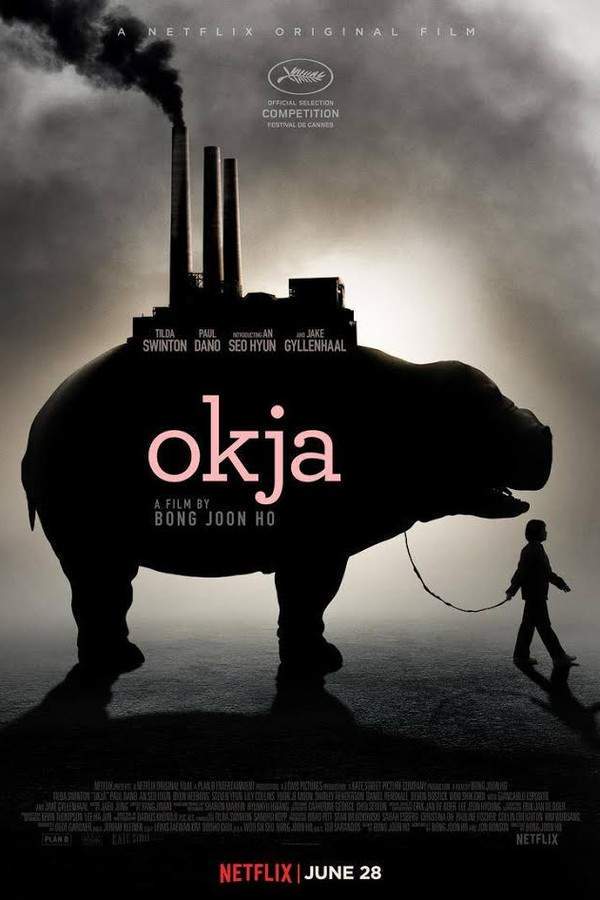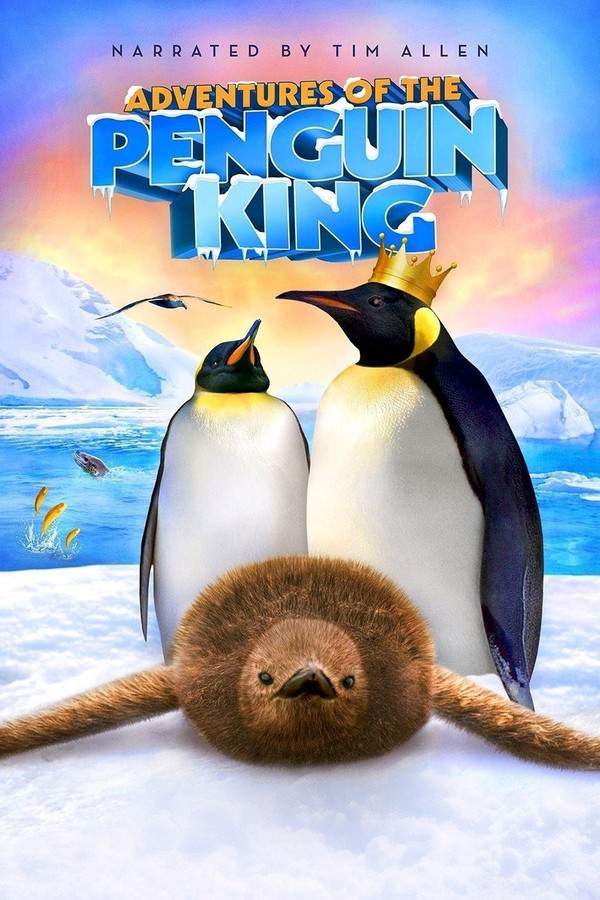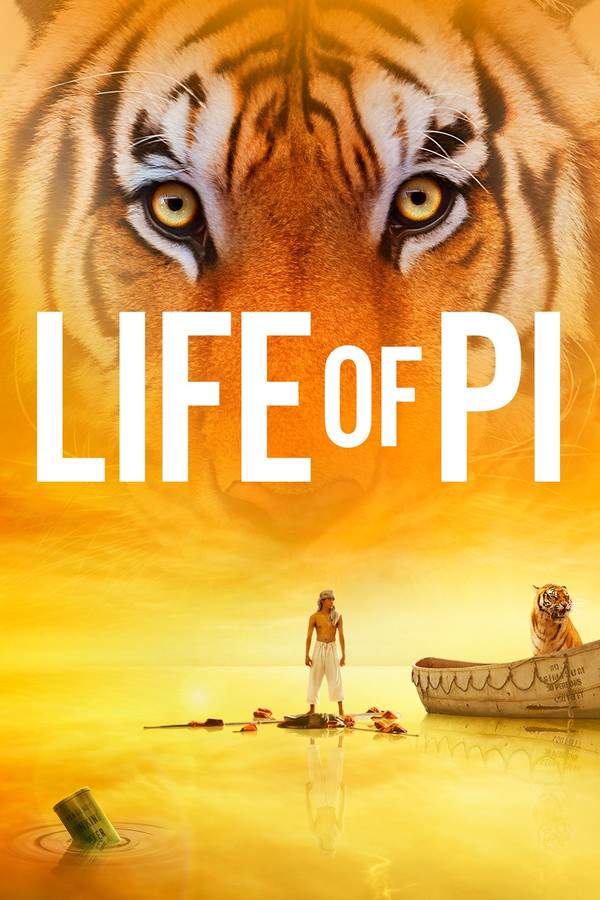
Life of Pi
Year: 2012
Runtime: 127 min
Language: english
Director: Ang Lee
Budget: $120M
After a devastating shipwreck, young Pi Patel finds himself adrift in the Pacific Ocean on a lifeboat. His only companions are a Bengal tiger named Richard Parker, along with several other animals. Facing starvation and despair, Pi must find a way to survive and navigate the vast ocean, testing his resilience and challenging his understanding of faith and companionship in this incredible story of survival.
Warning: spoilers below!
Haven’t seen Life of Pi yet? This summary contains major spoilers. Bookmark the page, watch the movie, and come back for the full breakdown. If you're ready, scroll on and relive the story!
Life of Pi (2012) – Full Plot Summary & Ending Explained
Read the complete plot breakdown of Life of Pi (2012), including all key story events, major twists, and the ending explained in detail. Discover what really happened—and what it all means.
As we set out on this captivating literary adventure, the author introduces us to the multifaceted exploration of truth in a thoughtful prelude. This unusual opening primes us for a narrative rich with complexity and depth.
The story unfolds in the 1960s, focusing on Pi Molitor Patel, a boy whose distinctive name reflects his father’s role as a zoo manager in Pondicherry, India. As Pi recounts his experiences, he shares insightful thoughts on the contrasts between zoos and their critics, revealing the surprising notion that, contrary to common belief, animals do not inherently harbor animosity toward humans.
The origin of Pi’s name is intriguing, paying tribute to the mathematical constant π, which symbolizes the ratio of a circle’s circumference to its diameter. This quirky naming stems from his childhood, where he faced bullying from peers who transformed his birth name into “Pissing.” To escape the ridicule, he embraces the shorter form “Pi” as he enters high school.
Throughout his narrative, Pi highlights the importance of names: two visitors at the zoo share the same name—one a devoted Muslim, the other a determined atheist—while a clerical mix-up leads to a 450-pound Bengal tiger being erroneously named Richard Parker, after the name of his human captor.
As Pi navigates through his formative years, he learns critical lessons about the dangers posed by the zoo animals. This education begins with the shocking spectacle of a goat being fed to a tiger, and it culminates in a family tour where his father elucidates the aggressive traits of various species. These experiences indelibly shape Pi’s worldview and spiritual journey.
Raised as a practicing Hindu and embracing vegetarianism, Pi, at the age of fourteen, embarks on a quest to explore Christianity and Islam. Against his parents’ wishes and despite the frustration of his religious mentors, he chooses to embrace all three faiths, motivated by a simple desire: to “just love God.” This quest for understanding leads him to appreciate the unique gifts of each religion.
As the plot thickens, we find ourselves in February 1976, when Indian Prime Minister Indira Gandhi imposes a state of emergency. In light of the political turmoil, Pi’s father makes the significant decision to sell the zoo and relocate the family to Canada, catalyzing a pivotal transformation in their lives.
Fast forward to July 1977, and Pi’s family boards the Tsimtsum, a robust Japanese freighter responsible for transporting the zoo’s collection to North America. The voyage starts as a serene journey, but the calm soon shatters as the unpredictable Pacific Ocean unleashes its wrath. A violent storm engulfs the ship, ultimately causing it to sink beneath the waves, leading to a frantic struggle for survival. Pi’s quest ends with his discovery of a small lifeboat, where he finds himself unwillingly sharing space with a diverse group of animals: a cunning hyena, an injured zebra, and an orangutan named Orange Juice.
As the tempest rages, the predator-prey dynamic quickly shifts when the hyena claims both the zebra and Orange Juice. Amidst the chaos, Richard Parker, the majestic tiger, emerges from his concealment beneath the tarpaulin, unleashing his lethal instincts as he takes down the hyena. Faced with the horrifying reality of his situation, Pi constructs a makeshift raft to distance himself from the bloodshed.
With Richard Parker now his sole companion, Pi embarks on a harrowing journey of taming the tiger through patience, food rewards, and the necessity of navigating their relationship amid the vast ocean. Their interactions develop a unique form of communication via whistles, bridging the gap between different species. Over time, Pi asserts his authority, fostering a bond of respect with Richard Parker, who becomes an unlikely ally.
As Pi’s narrative unfolds across the Pacific, it is interwoven with tribulations and resilience. At his lowest point, he faces blindness and despair, pushing him to confront his mortality. He later washes ashore on a mysterious floating island teeming with meerkats, their blinking eyes a stark contrast to the darkness around them. However, the island’s carnivorous plants force Pi to abandon this bizarre sanctuary, leading him back to the unforgiving sea.
Finally, after 227 days adrift, the lifeboat washes up on a Mexican beach, granting its weary occupants the solace of solid ground. Yet, as Pi looks for comfort in his companion, Richard Parker disappears into the jungle without a farewell, leaving him heartbroken.
While recovering in a Mexican hospital, Pi Patel recounts his extraordinary journey to two officials from the Japanese Ministry of Transport. He first shares the outlandish tale of survival alongside a menagerie of zoo animals, eliciting skepticism from the officials. Unfazed, Pi pivots to a different narrative—one involving a Taiwanese sailor with an injury, a ship’s cook, and his own mother. As this gripping tale unfolds, the officials are drawn into the harrowing events that transpired at sea.
With grim resolve, the sailor succumbs to his injuries and is subsequently devoured by desperate crew members. The cook, in a bid for survival, resorts to barbarity, amputating the sailor’s leg and meets his grim fate at Pi’s hands. The parallels between stories do not go unnoticed, leading the officials to finally understand the broader symbolism ingrained in Pi’s accounts.
At the conclusion of the investigation, Pi poses an essential question: which tale do they prefer—the one filled with wonder or the stark reality devoid of animals? The officials ultimately choose the mundane, leaving Pi to contemplate the nature of truth and the artistry of storytelling. As he reflects, he concludes with a profound statement: “And so it goes with God.” With this, the investigators depart, filing a report that favors the simpler version of events over the enchanting one that had so deeply captivated them moments earlier.
Last Updated: November 22, 2024 at 18:55
Unlock the Full Story of Life of Pi
Don't stop at just watching — explore Life of Pi in full detail. From the complete plot summary and scene-by-scene timeline to character breakdowns, thematic analysis, and a deep dive into the ending — every page helps you truly understand what Life of Pi is all about. Plus, discover what's next after the movie.
Life of Pi Timeline
Track the full timeline of Life of Pi with every major event arranged chronologically. Perfect for decoding non-linear storytelling, flashbacks, or parallel narratives with a clear scene-by-scene breakdown.

Characters, Settings & Themes in Life of Pi
Discover the characters, locations, and core themes that shape Life of Pi. Get insights into symbolic elements, setting significance, and deeper narrative meaning — ideal for thematic analysis and movie breakdowns.

Similar Movies to Life of Pi
Discover movies like Life of Pi that share similar genres, themes, and storytelling elements. Whether you’re drawn to the atmosphere, character arcs, or plot structure, these curated recommendations will help you explore more films you’ll love.
Explore More About Movie Life of Pi
Life of Pi (2012) Scene-by-Scene Movie Timeline
Life of Pi (2012) Movie Characters, Themes & Settings
Life of Pi (2012) Spoiler-Free Summary & Key Flow
Movies Like Life of Pi – Similar Titles You’ll Enjoy
Tigerland (2019) Ending Explained & Film Insights
Tyger Tyger (2021) Spoiler-Packed Plot Recap
Beast (2022) Movie Recap & Themes
The Life Aquatic with Steve Zissou (2004) Movie Recap & Themes
All Is Lost (2013) Full Summary & Key Details
Lion (2016) Movie Recap & Themes
Surviving Paradise: A Family Tale (2022) Story Summary & Characters
Cast Away (2000) Complete Plot Breakdown
Jungle (2017) Movie Recap & Themes
Tiger (2024) Spoiler-Packed Plot Recap
The Jungle Book (2016) Full Summary & Key Details
Okja (2017) Detailed Story Recap
Adventures of the Penguin King (2013) Movie Recap & Themes
My Penguin Friend (2024) Plot Summary & Ending Explained
PK (2014) Spoiler-Packed Plot Recap



